In the United States, a good majority of the gross domestic product passes through a distribution center, also known as a DC center. In the bustling, non-stop world of commerce, shipments of products are packaged and shipped hundreds, sometimes even thousands of miles to their intended markets The problem that often arises in these situations is that the gap difference with the bed of the truck is incompatible with the height of the center’s loading dock. Traditionally dock floor pours are measured at 48 inches, the same height as most tractor trailer beds. Some pours may be a few inches higher to accommodate super long trailers. These differences can cause a snag in the supply chain that can cost time, efficiency and ultimately dollars in the long run for many businesses.
Most DC’s will utilize edge of dock levelers, also known as EOD, for loading and unloading procedures. A unit that can be permanently attached to the edge of the loading dock, it uses a small steel ramp on a hinge to be adjusted in order to compensate the difference between the dock and vehicle. When the edge of dock leveler is initialized, it acts as a lateral bridge from the DC floor to the truck bed for loading activity. For many, it’s the simplest solution in overcoming the obstacle of height difference. In contrast to loose dock boards and dock plates, edge of dock levelers provide a more long-lasting solution that allows for instant use while saving on precious warehouse floor space.
There are many ways they can be affixed to a loading dock. Considering the EOD assumes a lateral force during loading and unloading procedures, a secure anchor to the top concrete face of the loading dock is required. An embedded channel with J anchors installed during the loading dock concrete pour is most recommended. During installation, the EOD is welded to the front face of the embedded channel. The second option is the use of a formed angle combined with an approach plate, with the final option solely relying on an approach plate. It is important to check concrete conditions for install application when considering the second or third choice. It is not recommended to mount an EOD to the dock edge when only a 3 inch curb angle is installed since this cannot handle the lateral load like the other options mentioned.
Types of EOD Levelers
The first loading procedures began with pieces of flat wood, then loose steel plate and finally aluminum to make the levelers lightweight. The first complex edge of dock levelers began with taking the loose steel plate and creating a hinged lip. Edge of dock lips that rested on truck beds made for a more solid connection to load heavy materials to and from vehicles. As time went on, additional pieces were added such as springs to assist in operation and make the units easier to use. Hook lifts with minor springs gave workers aids in handling the levelers, which typically required 80 pounds of force to operate.
While some units of dock levelers are mechanical and require no electrical power, many facilities opt for an electric hydraulic EOD for ease of use. Controlled by a push button or hand pump, these units are operated by a hydraulic cylinder that is designed to extend and retract the lip for loading and unloading procedures. More capable of taking the brunt of heavy duty loads, wider approach plates can be optioned to help when edge of dock levelers load cargo.
Manual Edge of Dock Leveler
A more economical and commonly selected model, the Beacon BBLE premium bar lift edge of dock leveler only requires a mere 28 to 34 pounds of push pull force to place into position. This model comes standard with a 15 inch hinged lip as well as dock bumpers to prevent accidental damage to the facility and shipping vehicle. An adjustable torsion spring makes it superior in function to models that only utilize an extension spring. The manual edge of dock leveler is a small-scale solution to a problem that can have large-scale influences on the scope of an entire operation.
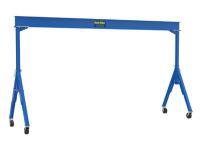 Browse 10 Products
Browse 10 Products Browse 20 Products
Browse 20 Products Browse 19 Products
Browse 19 Products Browse 17 Products
Browse 17 Products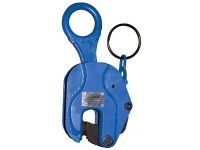 Browse 10 Products
Browse 10 Products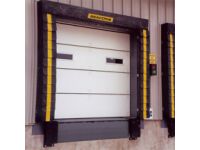 Browse 12 Products
Browse 12 Products Browse 6 Products
Browse 6 Products Browse 5 Products
Browse 5 Products Browse 3 Products
Browse 3 Products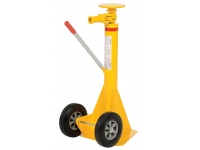 Browse 5 Products
Browse 5 Products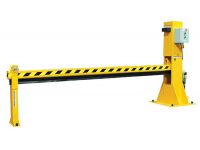 Browse 9 Products
Browse 9 Products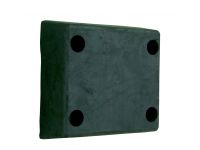 Browse 8 Products
Browse 8 Products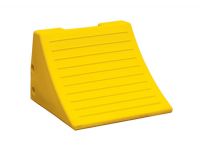 Browse 23 Products
Browse 23 Products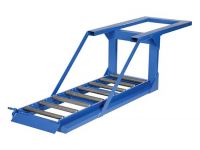
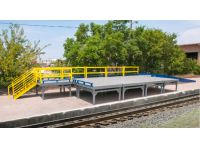 Browse 2 Products
Browse 2 Products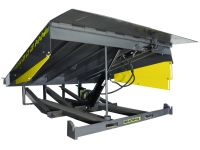 Browse 5 Products
Browse 5 Products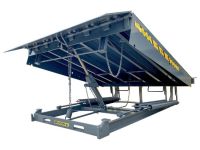 Browse 3 Products
Browse 3 Products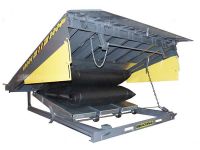 Browse 2 Products
Browse 2 Products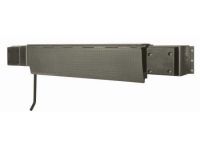 Browse 7 Products
Browse 7 Products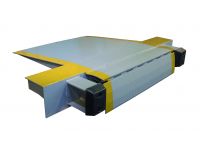
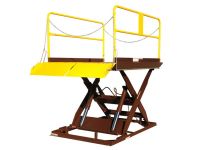 Browse 6 Products
Browse 6 Products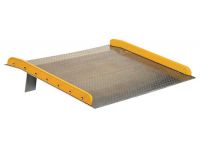 Browse 8 Products
Browse 8 Products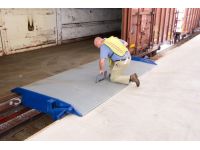
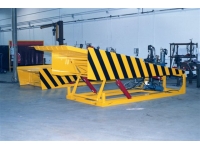 Browse 3 Products
Browse 3 Products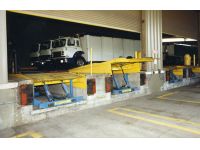
 Browse 14 Products
Browse 14 Products Browse 11 Products
Browse 11 Products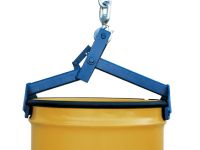 Browse 13 Products
Browse 13 Products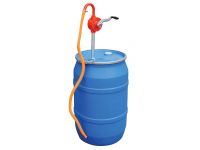 Browse 8 Products
Browse 8 Products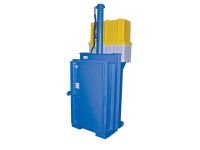 Browse 5 Products
Browse 5 Products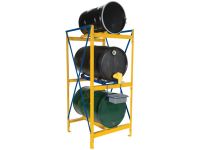 Browse 13 Products
Browse 13 Products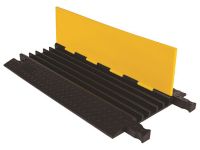 Browse 35 Products
Browse 35 Products Browse 4 Products
Browse 4 Products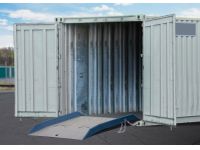 Browse 13 Products
Browse 13 Products
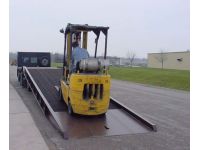 Browse 13 Products
Browse 13 Products Browse 21 Products
Browse 21 Products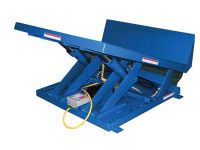 Browse 12 Products
Browse 12 Products Browse 14 Products
Browse 14 Products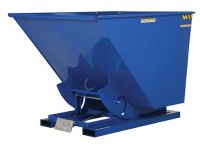 Browse 20 Products
Browse 20 Products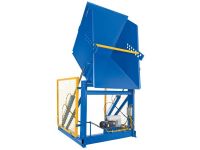
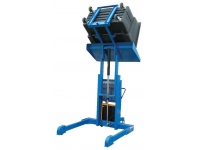 Browse 6 Products
Browse 6 Products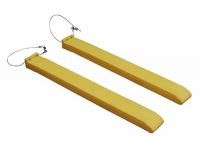 Browse 12 Products
Browse 12 Products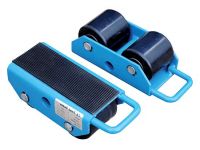 Browse 2 Products
Browse 2 Products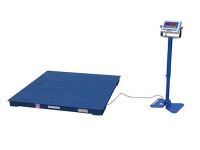 Browse 17 Products
Browse 17 Products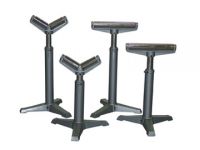 Browse 3 Products
Browse 3 Products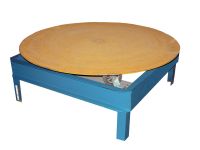 Browse 12 Products
Browse 12 Products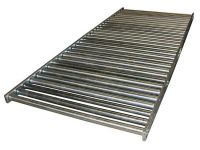 Browse 7 Products
Browse 7 Products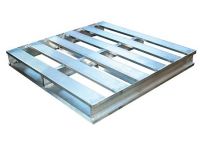 Browse 14 Products
Browse 14 Products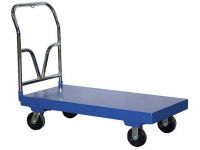 Browse 39 Products
Browse 39 Products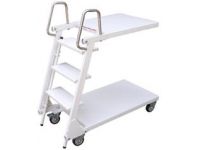 Browse 4 Products
Browse 4 Products Browse 14 Products
Browse 14 Products Browse 20 Products
Browse 20 Products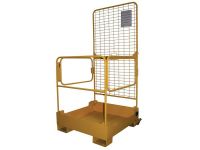 Browse 4 Products
Browse 4 Products Browse 17 Products
Browse 17 Products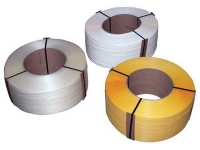 Browse 4 Products
Browse 4 Products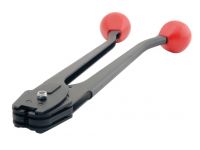 Browse 11 Products
Browse 11 Products Browse 27 Products
Browse 27 Products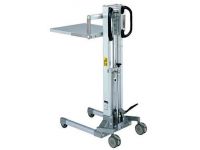 Browse 20 Products
Browse 20 Products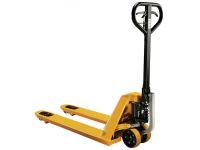 Browse 29 Products
Browse 29 Products Browse 8 Products
Browse 8 Products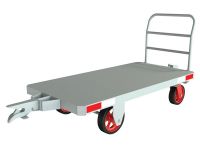 Browse 2 Products
Browse 2 Products Browse 4 Products
Browse 4 Products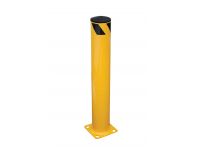 Browse 28 Products
Browse 28 Products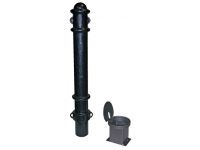 Browse 8 Products
Browse 8 Products Browse 21 Products
Browse 21 Products Browse 11 Products
Browse 11 Products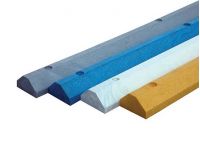 Browse 9 Products
Browse 9 Products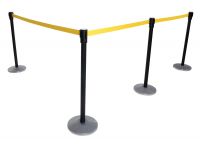 Browse 13 Products
Browse 13 Products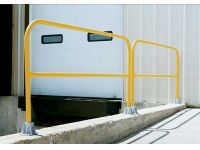 Browse 4 Products
Browse 4 Products Browse 4 Products
Browse 4 Products Browse 16 Products
Browse 16 Products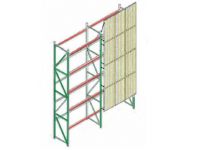 Browse 15 Products
Browse 15 Products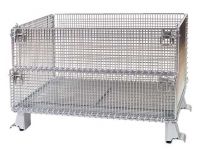 Browse 10 Products
Browse 10 Products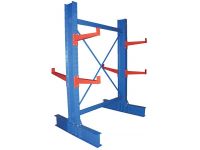 Browse 26 Products
Browse 26 Products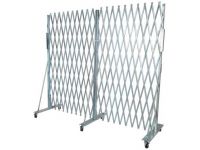 Browse 3 Products
Browse 3 Products